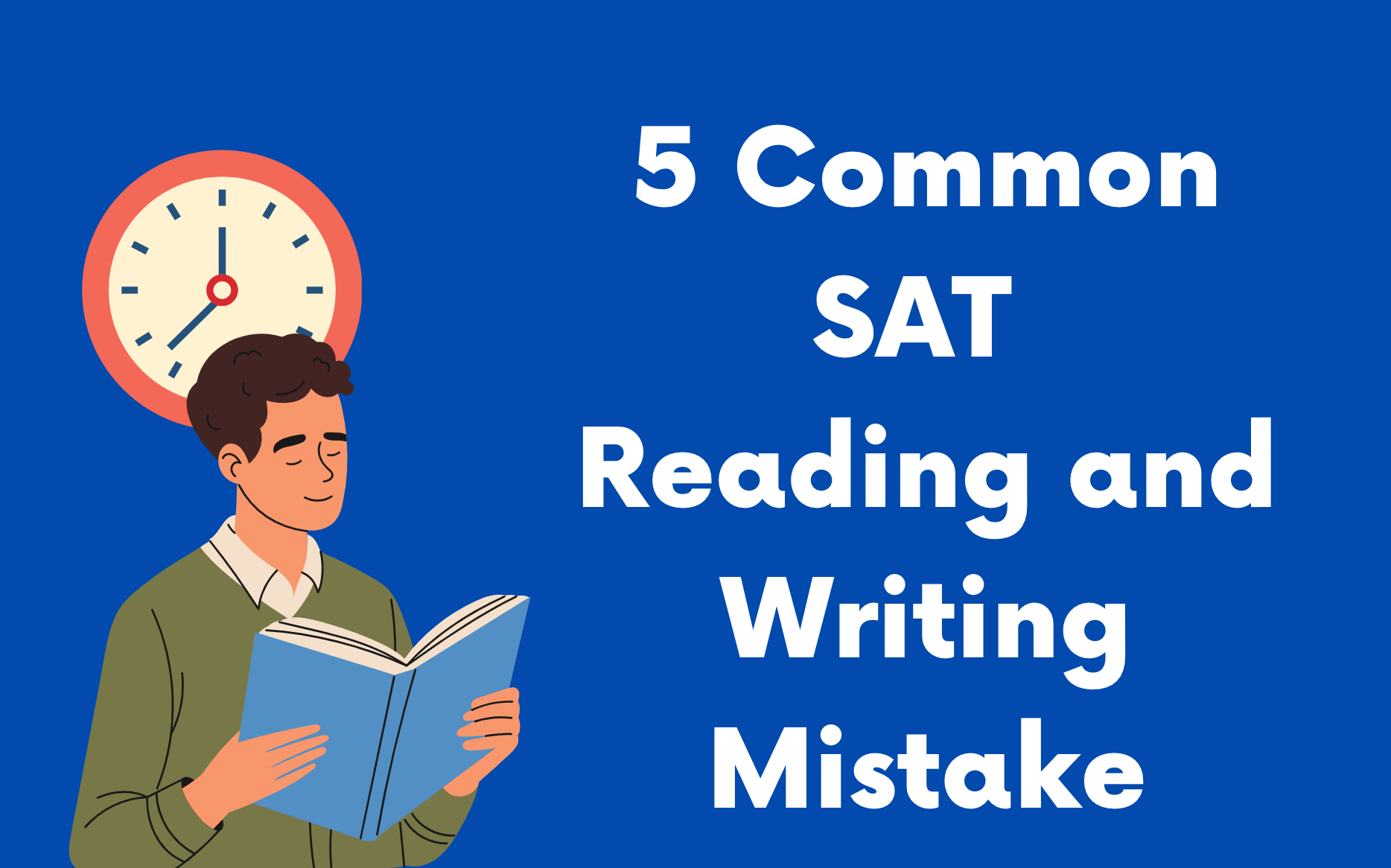100 Essential SAT® Vocab Words for Top Scores
Author
Phoenix Wilder
Date Published

A strong vocabulary is essential for excelling in the Digital SAT Reading and Writing section. This portion of the test evaluates your ability to comprehend and analyze concise passages spanning diverse topics such as literature, history, and social sciences. These texts are intentionally crafted to include vocabulary frequently encountered in college-level and professional reading. As a result, being familiar with these words is key to improving reading speed, understanding, and accuracy—all of which are vital for success.
If you feel overwhelmed about preparing for the Digital SAT’s vocabulary requirements, rest assured, help is available. Here, we’ll explain how to enhance your vocabulary effectively, showcase common patterns in SAT vocabulary, and outline strategies for tackling unfamiliar terms through context clues, prefixes, suffixes, and root words.
Why Vocabulary Mastery Matters
The Digital SAT Reading and Writing section features short passages (generally fewer than 150 words), each designed to test your comprehension and critical thinking. Passages include vocabulary that is crucial for professional and academic settings. Without sufficient vocabulary preparation, these words may introduce unnecessary challenges. However, with a robust vocabulary, you’ll navigate passages more efficiently and achieve a stronger performance on this test section.
Key Vocabulary Categories to Focus On
Understanding the types of vocabulary that appear on the Digital SAT will make your preparation more targeted and efficient. Below are the primary categories of words to anticipate:
1. Common SAT Vocabulary
Many words on the Digital SAT are flexible, appearing across different subject areas and serving multiple purposes depending on their context. For instance:
Examples of Common Words: “Delegate,” “foil,” “spike,” “stream,” and “bank”
Why It Matters: These words often have multiple meanings, and recognizing their role in a sentence is crucial.
2. Subject-Specific Vocabulary
The Reading and Writing section’s passages often come from specialized areas, such as medical studies, literary works, or historical documents. These texts may include technical terms unique to their domain.
Example Passage:
Although leprosy typically develops after a 5-year incubation period, it can take as long as 20 years to show symptoms. The disease’s impact is also progressive, meaning the symptoms get worse over time. Although curable, if left untreated, its later stages can be marked by large skin ulcerations, paralysis of the hands and feet, and facial disfigurement.
Key Vocabulary: “Incubation,” “ulcerations,” and “progressive” are terms specific to medical science.
Preparation Tip: Read materials from varied disciplines—science journals, historical texts, and novels—to expose yourself to specialized terms.
3. Context Clues
The SAT often requires students to infer the meanings of challenging words by analyzing their surrounding text.
Example Passage:
Brain research suggests that new memories go through a period where the memory is likely to change (a labile state) before becoming a lasting (consolidated) memory.
… a consolidated memory can re-enter a labile state through a process called memory reactivation.
Analyzing Context: The word "labile" contrasts with "consolidated," implying instability. Even without knowing its exact definition, you could infer that “labile” means dynamic or changeable.
Preparation Tip: Practice identifying contextual hints in passages, such as synonyms, antonyms, tone, and structure.
Decoding Words Using Prefixes, Suffixes, and Roots
One of the most effective ways to tackle unfamiliar words is by breaking them down into their component parts: prefixes, suffixes, and roots. Let’s explore how this strategy can benefit your SAT prep:
1. Prefixes
Prefixes appear at the beginning of words and significantly influence their meanings.
Examples of Common Prefixes:
“Un-” (not): uncommon = not common
“Re-” (again): redo = do again
“Pre-” (before): preview = view before
“Dis-” (not or opposite of): disengage = not engaged
Application: Understanding prefixes allows you to dissect unfamiliar terms. For example, “conjoin” combines the prefix “con-” (with) and the root word “join,” meaning “to join together.”
2. Suffixes
Suffixes appear at the end of words and often indicate a word’s role or meaning.
Examples of Common Suffixes:
“-acy” (state or quality): delicacy = the state of being delicate
“-ment” (condition): judgment = the act of judging
“-ity” (quality): clarity = the quality of being clear
Application: Familiarity with suffixes helps you deduce meanings—e.g., recognizing “-ment” reveals the word describes a state or condition.
3. Roots
Roots form the foundation of words and usually carry a core meaning.
Examples of Common Roots:
“Bio-” (life): biology = the study of life
“Port-” (carry): portable = able to be carried
“Multi-” (many): multifaceted = having many facets
Application: For the word "aquatic," the root “aqua” (water) gives a strong clue about its meaning, which relates to water environments.
100 Essential Digital SAT Vocabulary Words You Must Know

Final Tips for Vocabulary Success
A robust vocabulary is a powerful tool that can both speed up your understanding of passages and improve your accuracy when answering questions. Our Top 100 Vocabulary Words list has been carefully designed to meet the specific demands of the Digital SAT. Dedicating time to mastering these commonly tested words will give you a strategic advantage and set you up for success.
As you work on building your vocabulary, remember to use effective strategies such as identifying context clues, recognizing prefixes and suffixes, and practicing how to infer the meanings of unfamiliar terms. These techniques, combined with consistent effort, will significantly improve your confidence and performance on the test.
Related Posts

Unlock your SAT potential with these 5 essential reading strategies focused on evidence command. Improve comprehension and boost your score!

Struggling with the Digital SAT Reading & Writing section? Discover 5 common mistakes students make and actionable tips to boost your score!